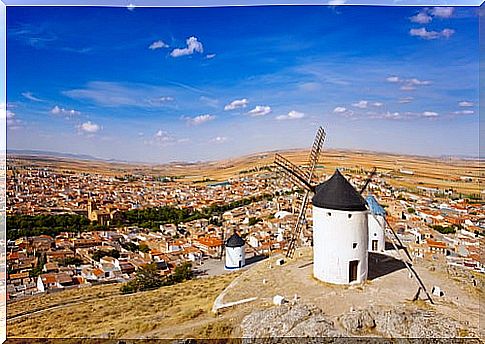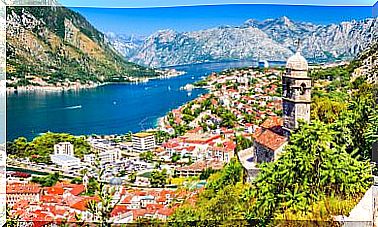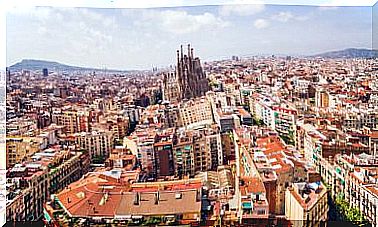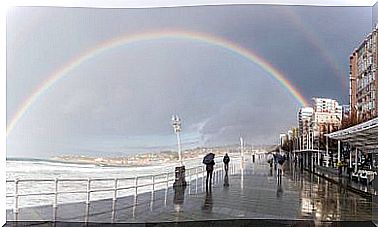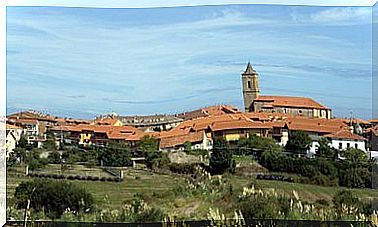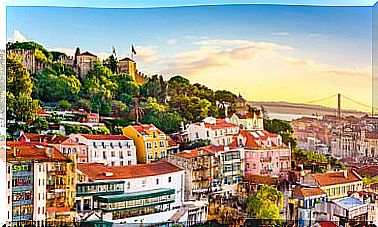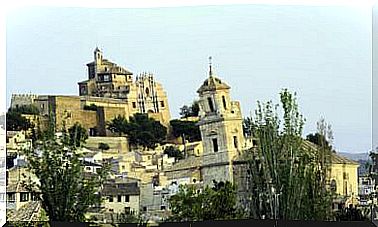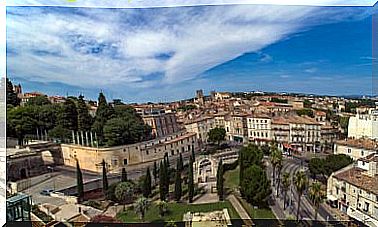The Ceramics Of El Puente Del Arzobispo: Art And Tradition
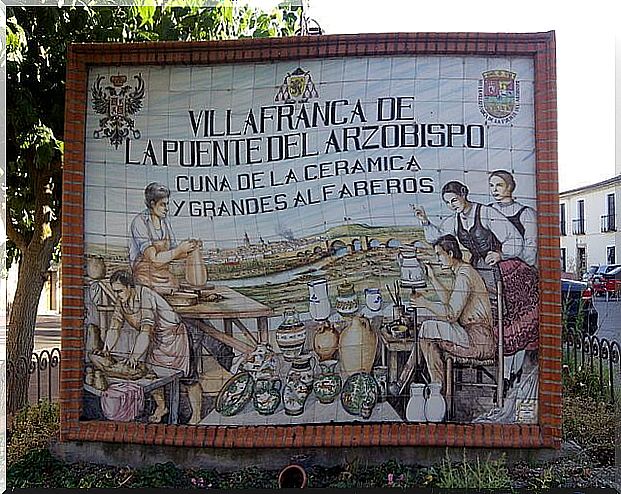
At the end of 2019, Unesco declared the ceramics of El Puente del Arzobispo Intangible Cultural Heritage of Humanity . This historical recognition is shared with two other centers of ceramic production of great international relevance: Talavera de la Reina, also in Toledo, and Tlaxcala in Mexico.
Its origins: La Villafranca de la Pvente del Arzobispo
We have to go back to the late Middle Ages to place on the map this small municipality nestled next to the waters of the Tagus. It is a small town that today acts as a border landmark between the communities of Castilla-La Mancha and Extremadura.
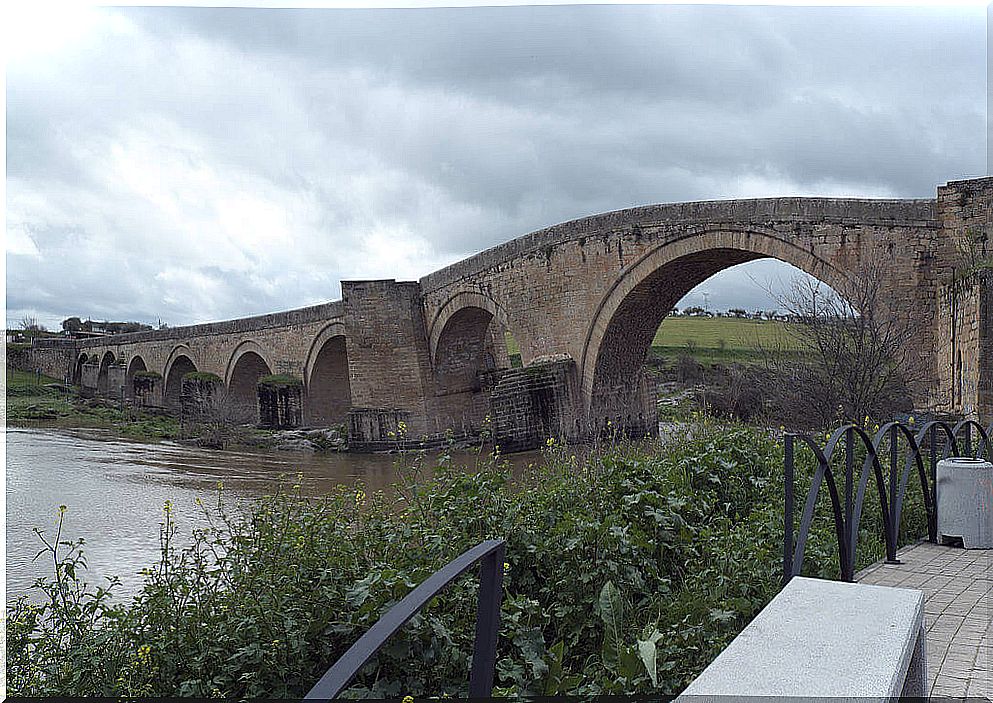
At that time, the Talavera Archbishop Pedro Tenorio was in charge of the diocese of Toledo. It was he who acted as the executing hand to build important architectural works such as the San Martín bridge in Toledo or that of this riverside town of the Tagus.
The power that the Church had during the Middle Ages is well known to all. In fact, the construction of the pvente is supported by strictly economic reasons.
Pedro Tenorio, as a good oligarch, had great interests in the fertile lands of this region. He also had them for the control of the large bovine herds that often belonged to the clergy and that had to cross the Cañada Real Leonesa Oriental through this area to carry out the transhumance.
With the construction of the pvente everything arose. The payment of the so-called pontazgos paid for the work of this colossal monument and soon a town was built next to it that flourished rapidly. However, it was not until well into the seventeenth century that the first manifestations of El Puente del Arzobispo ceramics appear.
Garlic, cherries and, of course, cantarillas!
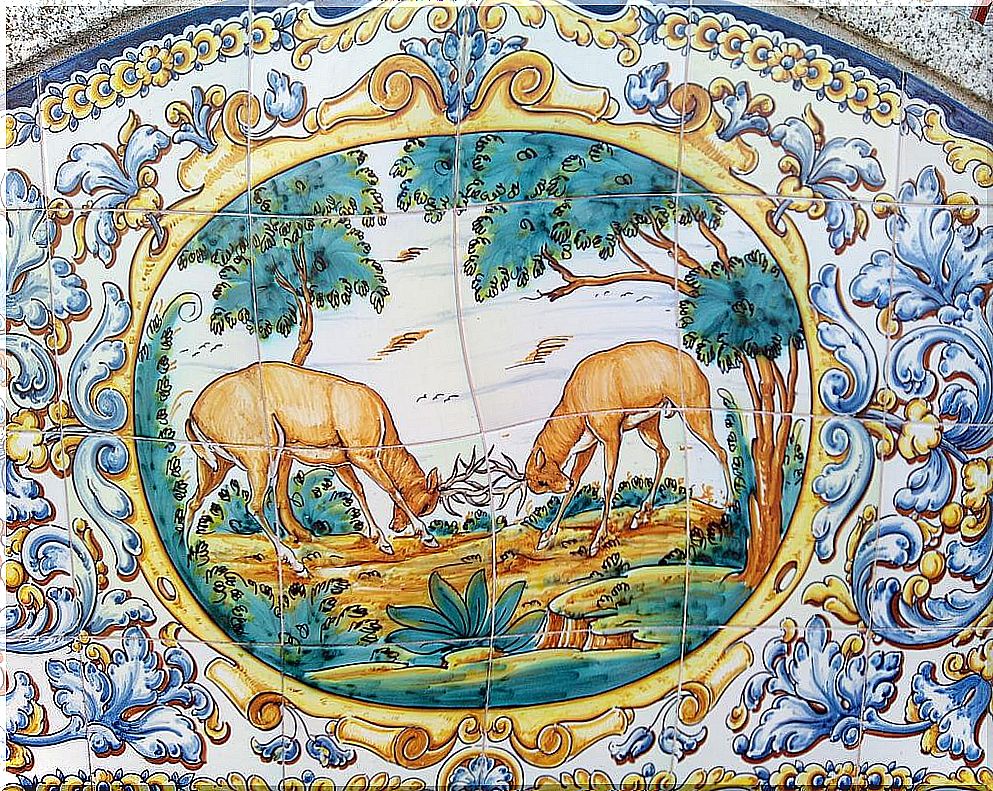
The splendor and demographic growth of this Toledo town did not take long to bear fruit. The medieval markets in which ‘everything’ was sold became powerful, especially after the privilege granted by Enrique III of Castile to hold a fair here that brought together farmers, ranchers and merchants from all over the region.
In addition to Jerte cherries and garlic, other objects such as farm tools and different ‘pots’ from the town’s pottery soon began to be exchanged. Among the oldest there were pitchers, jugs and a very native and valued piece in this place: the basin.
At first, all of them were sold under the pseudonym of ‘coarse earthenware’, that is, without polychrome, since the clay from this area had the peculiarity of being very solid and resistant after firing. In fact, neighboring Talavera de la Reina valued its magnificent properties, alighting a good part of it here for its pottery.
An emerald green ceramic
Later the earthenware began to be decorated. For this they used pigments obtained from different metals, mainly lead and tin, which after being baked in the ‘pahilla’ gave rise to the raw enamel. After a series of steps, the enamel generated a range of colors in which emerald green, copper green for the locals, is the most representative.
The decoration of the ceramics of El Puente del Arzobispo
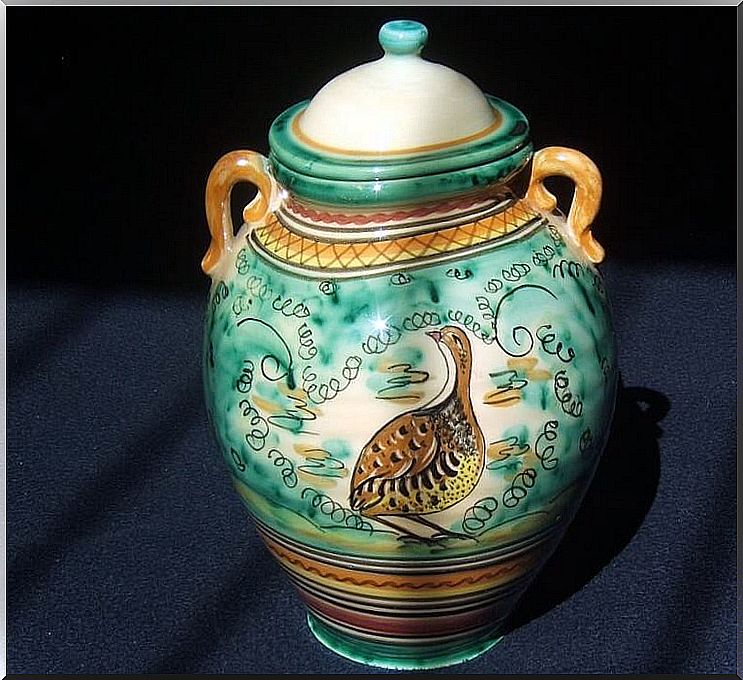
The extensive production of earthenware in this municipality gave rise to a rich and varied typology. The classification has been reflected in various series since the nineteenth century by different specialists in the field.
But this is just the origin. Over the centuries and up to the present time, the ceramics of El Puente del Arzobispo have diversified and evolved. Thus, we can observe from the most classic stylization to the introduction of much more modernist and striking qualities.
The ceramics of El Puente del Arzobispo, cultural heritage
Pottery and ceramics ARE ART, with capital letters. Art is a matter for artists and this very modest, peaceful, sometimes foggy, and above all hard-working town boasts many of them. Thus reads in one of the ceramic murals distributed by the municipality: “I am the Villafranca de la Pvente del Arzobispo, cradle of ceramics and great potters.”
Recognized as Intangible Cultural Heritage by Unesco, you can learn more about the ceramics and crafts of this small town in its Ceramics Interpretation Center or in one of the pottery that is still active today. You’ll love it.
Main photography: Benjamín Núñez González / Wikimedia Commons
